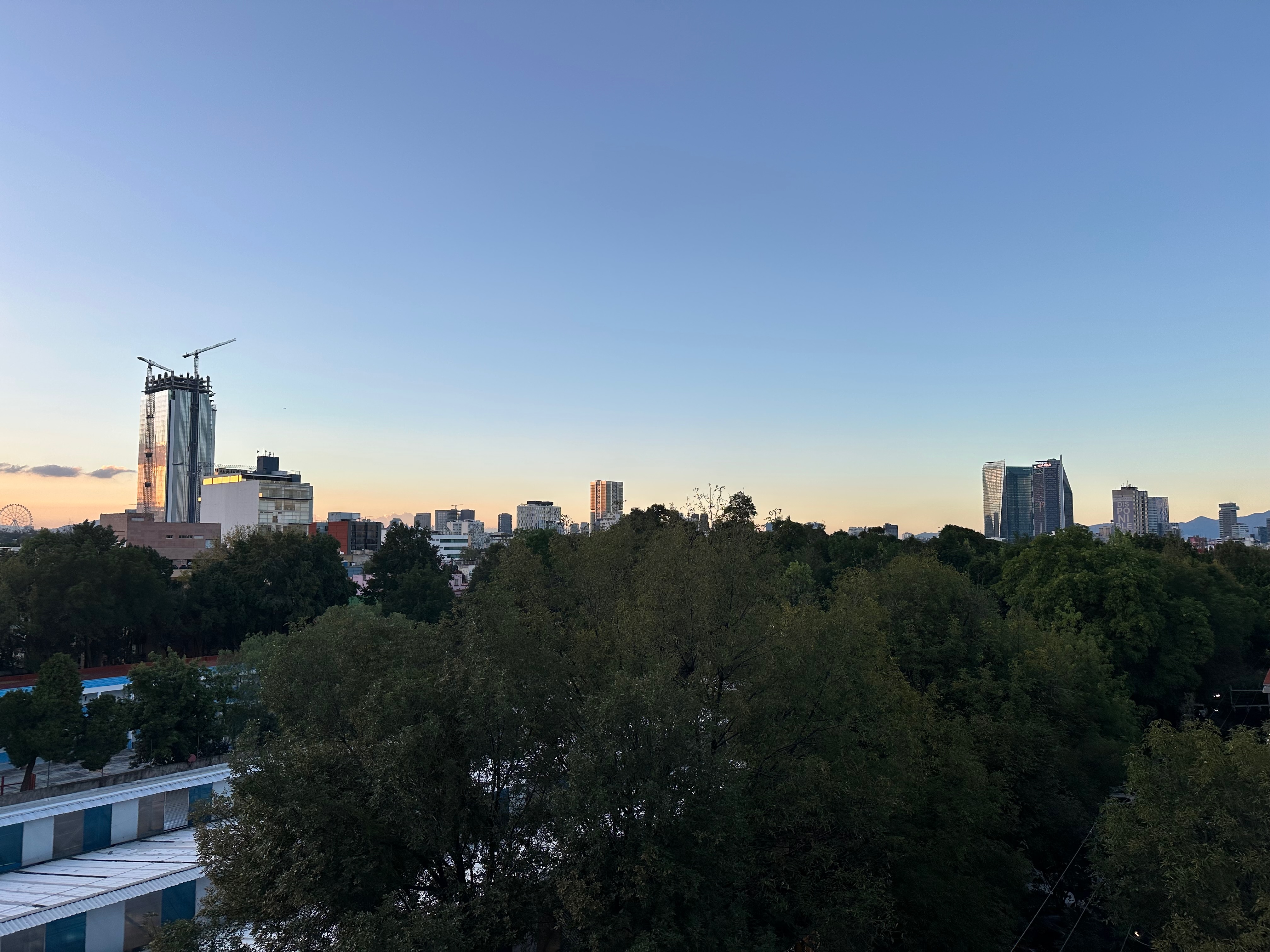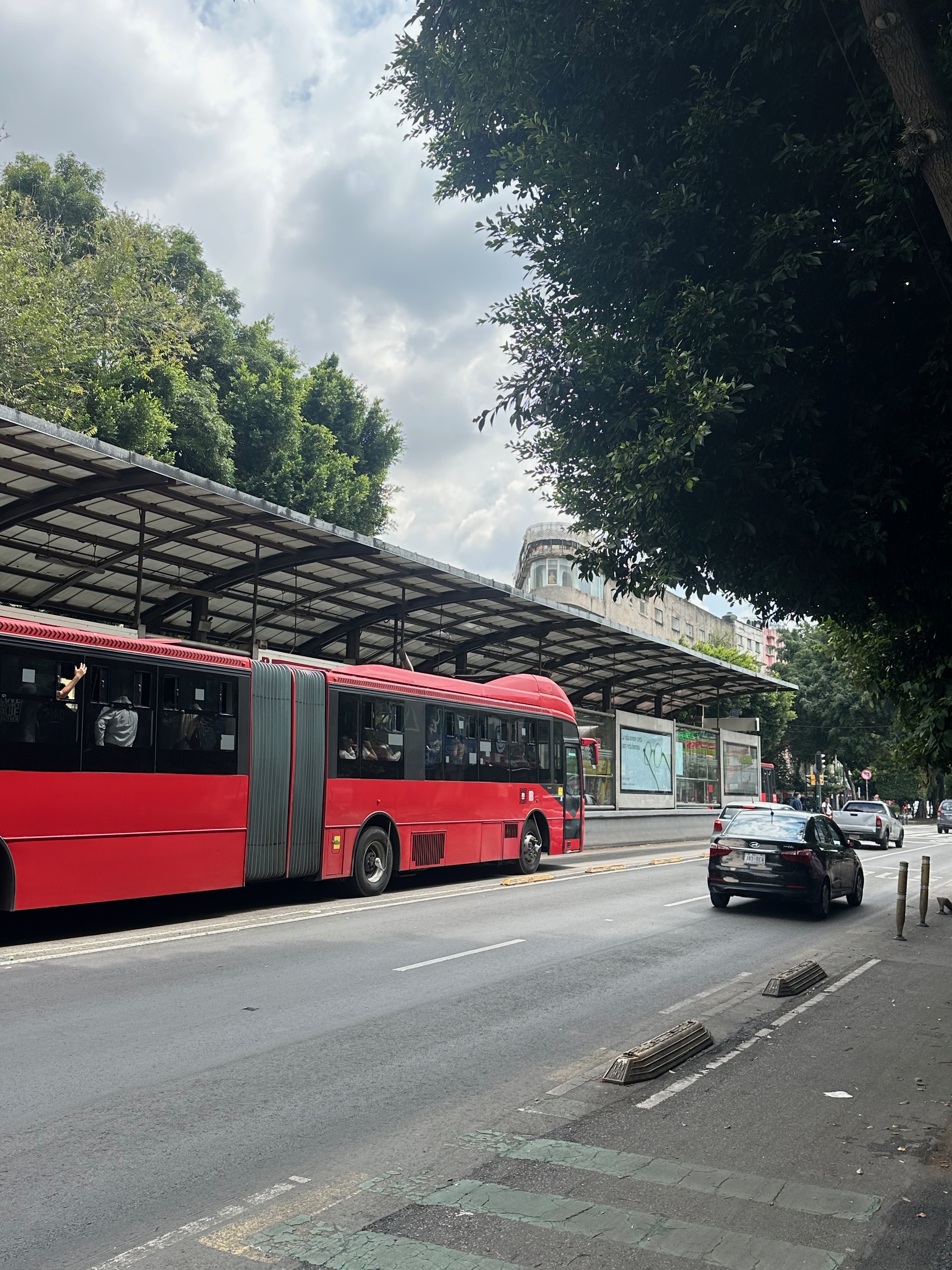How Mexico City is Investing in its People and Public Spaces
We returned to Mexico City after a decade reveals a city that continues to invest in public life, even while cars still define much of its movement and space.Cafés and restaurants have turned thousands of former parking bays into lively parklets filled with plants and tables. The shift began during the pandemic rather than as a formal city programme, yet residents and small businesses have kept it alive. At the same time, debates about gentrification and rising living costs remain visible and important, particularly in neighbourhoods popular with foreign visitors.
ECOBICI, the public bike system, remains one of the most used in Latin America. It now operates with more than 9,000 bicycles and nearly 700 docking stations, open to both residents and visitors through an affordable annual pass of about 700 pesos (R600). While Mexico City’s cycling network has existed for over a decade, it continues to expand and improve and despite the dominance of cars, drivers show a notable level of respect for cyclists.
The red Metrobús network continues to move around 1.6 million passengers each day, with new electric buses now operating across several lines.
The city has also invested heavily in lighting through the Camino de Mujeres Libres y Seguras or Path of Free and Safe Women initiative, which is being rolled out across neighbourhoods to make pavements and walkways safer for women and girls after dark.Mexico City demonstrates what can happen when steady, people-centred improvements in mobility, safety and public space come together, even as the city continues to grapple with questions of affordability, equity and belonging.
Contact our team to gather more insights: team@ourfuturecities.co


Church Square
Cape Town City Centre
Cape Town, 8000
